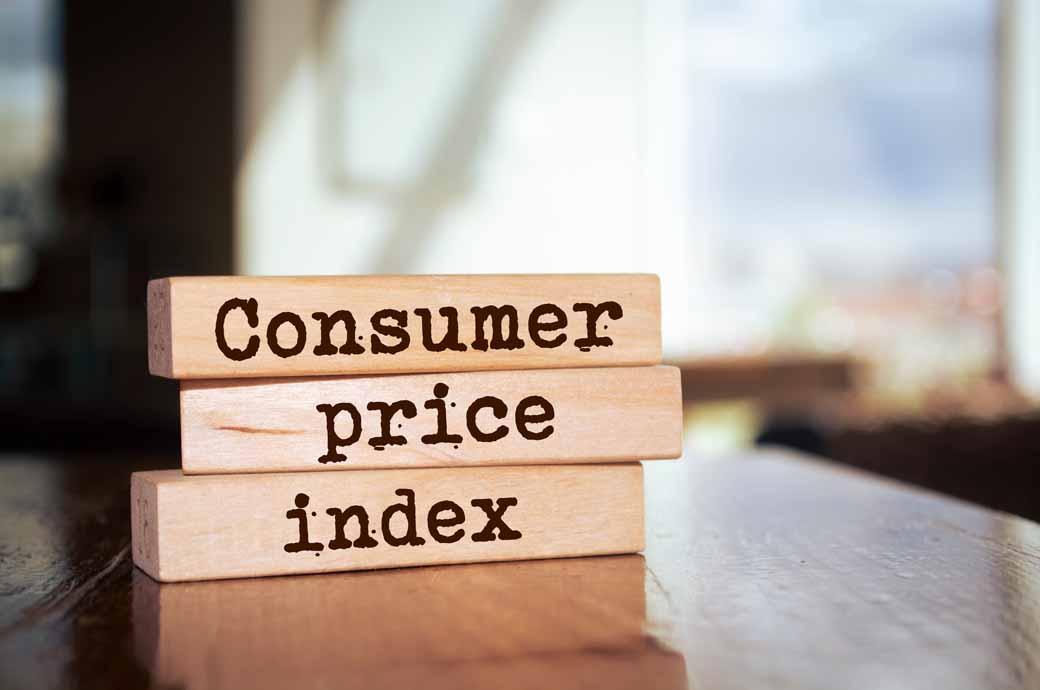Vietnam’s May CPI Rises Slightly: What Does This Mean for Consumers?
In the latest report from Vietnam’s General Statistics Office (GSO), it was announced that the country’s consumer price index (CPI) for May increased by 0.05% compared to the previous month. This marks a 4.44% increase from the same time last year. The average CPI for the first five months of the year also saw a rise of 4.03% year on year.
Factors Driving the Increase in CPI
Among the 11 main groups of consumer goods and services, seven experienced price hikes in May, while three saw a decline in prices. This increase in CPI can be attributed to various factors such as rising costs of raw materials, transportation, and global economic trends impacting prices locally.
Impact on Core Inflation and Consumer Spending
The core inflation in May rose by 0.15% compared to the previous month and by 2.68% year on year. Despite the increase, the average core inflation for the first five months of the year was lower at 2.78% year on year, compared to the overall CPI average.
This slight rise in CPI may have implications for consumer spending habits, as higher prices for goods and services could impact household budgets and overall purchasing power. It is essential for consumers to monitor these trends and adjust their financial planning accordingly.
In conclusion, the recent uptick in Vietnam’s CPI highlights the ongoing economic challenges facing the country and underscores the importance of staying informed about inflation trends for both policymakers and consumers alike. Keeping a close eye on these developments will be crucial in navigating the economic landscape in the months ahead.




